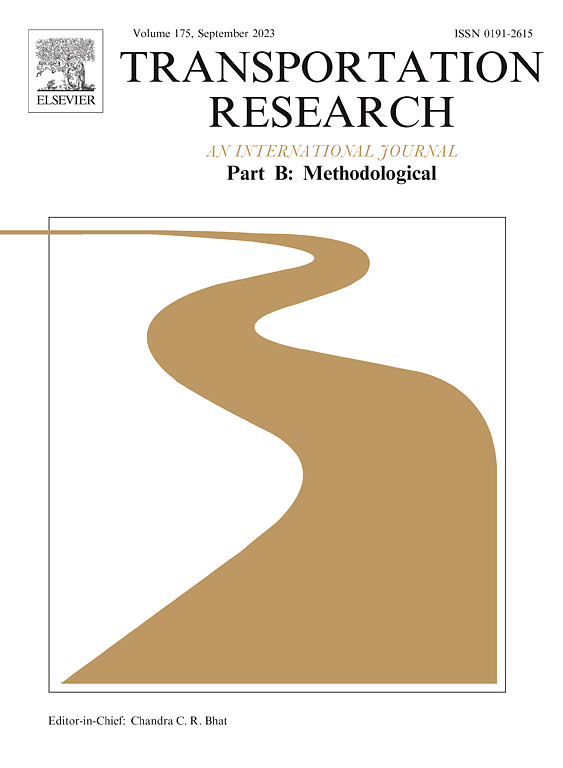Online convoy movement problem with k blocked edges
IF 6.3
1区 工程技术
Q1 ECONOMICS
引用次数: 0
Abstract
In this paper, we propose a novel online variant of the convoy movement problem, termed the online convoy movement problem with k blocked edges. This problem includes up to k unrecoverable blocked edges, which are unknown in advance and are gradually revealed as convoys encounter them. The goal is to obtain conflict-free paths for convoys under the online scenario to minimize the total flow time for all convoys. The competitive ratio is used to evaluate the performance of online algorithms, which involves comparing their worst-case performance with the optimal offline solutions. We prove a lower bound of for the competitive ratio of all deterministic online algorithms for the proposed problem, where denotes the cardinality of the set of convoys . Additionally, we develop five online algorithms: backtrack, simple backtrack, iterative local search, modified iterative local search, and iterative disjoint path. We prove that the competitive ratios of the backtrack and simple backtrack algorithms are and , respectively. However, the internal logic of these two algorithms may render them impractical in real-world situations. Therefore, we utilize the three other algorithms to find practically feasible conflict-free paths. Computational experiments are conducted to evaluate these five online algorithms on real-world instances.
在线车队移动问题与k阻塞边缘
在本文中,我们提出了一种新的车队运动问题的在线变体,称为具有k个阻塞边的在线车队运动问题。该问题包括多达k个无法恢复的阻塞边缘,这些边缘事先是未知的,并在车队遇到它们时逐渐暴露出来。目标是获得在线情况下车队的无冲突路径,使所有车队的总流动时间最小。竞争比用于评估在线算法的性能,包括将最坏情况下的性能与最优离线解决方案进行比较。我们证明了所有确定性在线算法的竞争比的下界为2k|C|+1,其中|C|表示车队C集合的基数。此外,我们开发了五种在线算法:回溯,简单回溯,迭代局部搜索,修改迭代局部搜索和迭代不相交路径。我们证明了回溯算法和简单回溯算法的竞争比分别为2k+1和|C|·(4k+2)。然而,这两种算法的内部逻辑可能会使它们在现实世界的情况下不切实际。因此,我们利用其他三种算法来寻找实际可行的无冲突路径。通过计算实验对这五种在线算法进行了评估。
本文章由计算机程序翻译,如有差异,请以英文原文为准。
求助全文
约1分钟内获得全文
求助全文
来源期刊
CiteScore
12.40
自引率
8.80%
发文量
143
审稿时长
14.1 weeks
期刊介绍:
Transportation Research: Part B publishes papers on all methodological aspects of the subject, particularly those that require mathematical analysis. The general theme of the journal is the development and solution of problems that are adequately motivated to deal with important aspects of the design and/or analysis of transportation systems. Areas covered include: traffic flow; design and analysis of transportation networks; control and scheduling; optimization; queuing theory; logistics; supply chains; development and application of statistical, econometric and mathematical models to address transportation problems; cost models; pricing and/or investment; traveler or shipper behavior; cost-benefit methodologies.

 求助内容:
求助内容: 应助结果提醒方式:
应助结果提醒方式:


